

— Blogs —
—Products—
 Consumer hotline +8618073152920
Consumer hotline +8618073152920 WhatsApp:+8615367865107
Address:Room 102, District D, Houhu Industrial Park, Yuelu District, Changsha City, Hunan Province, China
Product knowledge
Time:2025-11-27 11:24:46 Popularity:92
Amid the global surge in clean energy, photovoltaic power plants are growing rapidly in scale and significance. However, the inherent variability of solar power makes precise environmental and meteorological monitoring essential for safe, stable, and high-efficiency plant operation. The NiuBoL photovoltaic weather station, designed specifically as the “intelligent eye” of PV plants, is taking on this critical monitoring role.
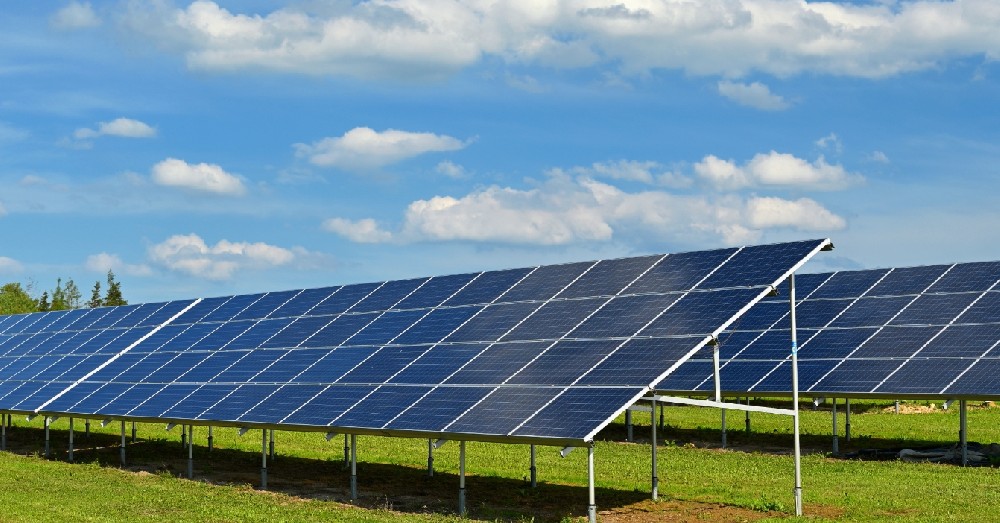
The NiuBoL photovoltaic weather station is an environmental monitoring device that integrates multiple high-precision sensors and an intelligent data transmission system. Tailored for PV plant environments, it continuously and accurately collects key meteorological parameters that affect module efficiency and operational safety.
The station converts physical environmental quantities (e such as solar irradiance, wind speed, and temperature) into electrical signals via high-precision sensors. These signals are digitized by the data logger and transmitted in real time through 4G (or other networks) to the NiuBoL environmental monitoring cloud platform, providing plant managers with actionable decision-making data.
Its core strength lies in the precise capture of solar irradiance—the most direct factor determining photovoltaic output.
The NiuBoL PV weather station is engineered for harsh outdoor conditions and the specific monitoring needs of solar farms.
| Component | Function Description | Key Features |
| High-Precision Sensors | Collect meteorological data (irradiance, temp/humidity, wind, etc.) | High stability, high accuracy, wide temperature range |
| Data Acquisition & Processing System | Sampling, digitization, storage, and control | Low power consumption, fast processing |
| Fully Automatic Sun-Tracking System | Keeps irradiance sensors perpendicular to the sun | Dual-mode: photosensitive + GPS-based tracking |
| Self-Powered System | Provides reliable independent power supply | Solar panels + wide-temperature maintenance-free gel battery |
| Data Transmission System | Real-time upload to cloud platform | Direct 4G transmission, remote access support |
| Parameter | Significance for PV Plants |
| Global Horizontal Irradiance (GHI) | Evaluates total resource availability and supports macro-level generation forecasting |
| Plane-of-Array (POA) Irradiance | Measures actual irradiance received by tilted modules—core input for generation calculation and PR assessment |
| Direct/Diffuse Irradiance | Analyzes atmospheric transmittance and environmental characteristics; optimizes array layout |
| Wind Speed/Direction | Assesses wind load risk—critical for structural safety of modules and mounting systems |
| Ambient Temperature/Humidity/Pressure | Influences module cooling performance and sensor measurement correction |
| Module Back-Sheet Temperature | Essential for efficiency correction and accurate PR calculation |
| Sunshine Duration/Latitude & Longitude | Used for resource assessment and geographic positioning |
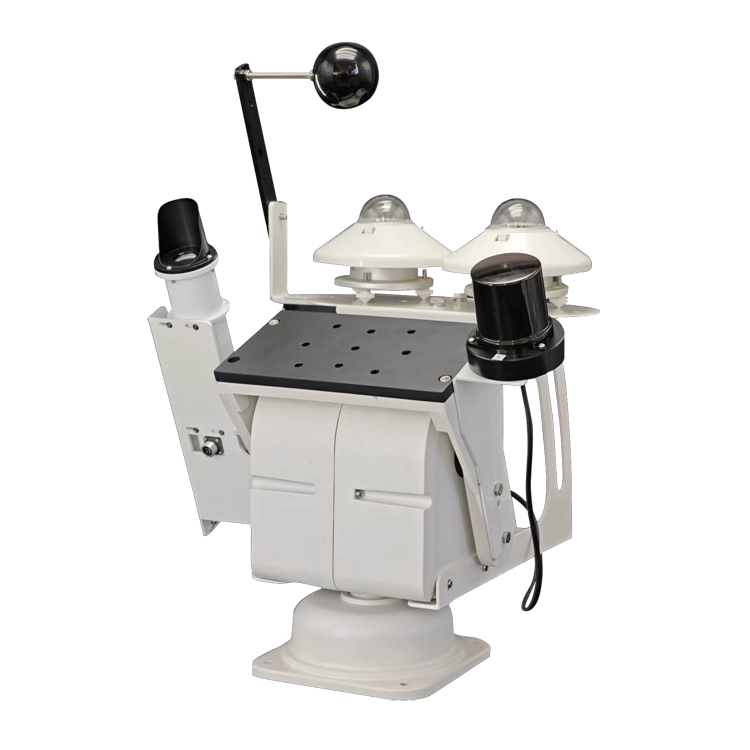
The fully automatic sun-tracking system is the key to NiuBoL’s high-precision irradiance measurement, completely eliminating errors inherent in fixed sensors across different times of day.
1. Real-time photosensitive tracking: Light sensors detect the sun’s position and fine-tune the tracker to keep the sensor perpendicular to incoming rays.
2. GPS-based solar trajectory prediction: Uses precise latitude/longitude and astronomical algorithms to pre-calculate and follow the sun's path.
Result: This dual mechanism ensures the irradiance sensor always faces the sun directly regardless of weather, dramatically improving data reliability and accuracy.

- Location: Must be in a representative open area, free from shading by buildings, trees, or nearby PV arrays.
- Height: Typically above the highest point of the PV array to avoid turbulence effects on wind measurements.
- Leveling & Alignment: Irradiance sensors and tracker must be level or parallel to module tilt within 0.5°.
- Grounding: Reliable lightning protection grounding is mandatory.
1. Secure the pole on a concrete foundation or dedicated bracket.
2. Mount sensors (wind, temperature/humidity, irradiance, etc.) in designated positions.
3. Perform initial leveling of the sun tracker using a spirit...
4. Connect all sensor cables to the data logger (ensure firm, waterproof connections).
5. Connect solar panels and battery; power on and run self-test.
6. Configure the 4G module and verify successful data upload to the NiuBoL cloud platform.
| Symptom | Common Causes | Troubleshooting & Solution |
| No data updates for long periods | Weak/disconnected 4G signal; logger crash; insufficient power | Check signal indicator; restart logger; check battery voltage |
| Abnormally low irradiance readings | Sensor surface dirty/frosted; tracker stopped; sensor failure | Clean sensor; check tracker power & drive; contact support for calibration |
| Wind speed stuck at zero or too high | Cups jammed/damaged; poor wiring contact | Inspect cup rotation, clear debris; re-seat connections |
| Data still uploading at night | Battery severely discharged (under-voltage) | Check solar charging current; may need larger panel or new battery |

- Utility-scale ground-mounted PV plants: Core monitoring point for PR calculation and performance analysis
- Distributed & residential PV: Localized environmental monitoring and fault diagnosis support
- Pre-construction resource assessment: Long-term monitoring to accurately evaluate site solar potential
- Research & education: Experiments on PV efficiency, material aging, etc.
When selecting a model, focus on:
1. Core needs: For accurate PR calculation, choose models with POA irradiance and module back-sheet temperature monitoring.
2. Tracking precision: Must include fully automatic sun-tracking to eliminate fixed pyranometer errors.
3. Communication: Prioritize 4G direct upload and cloud remote management.
4. Power reliability: Verify wide-temperature battery and solar panel configuration for continuous operation in extreme conditions.
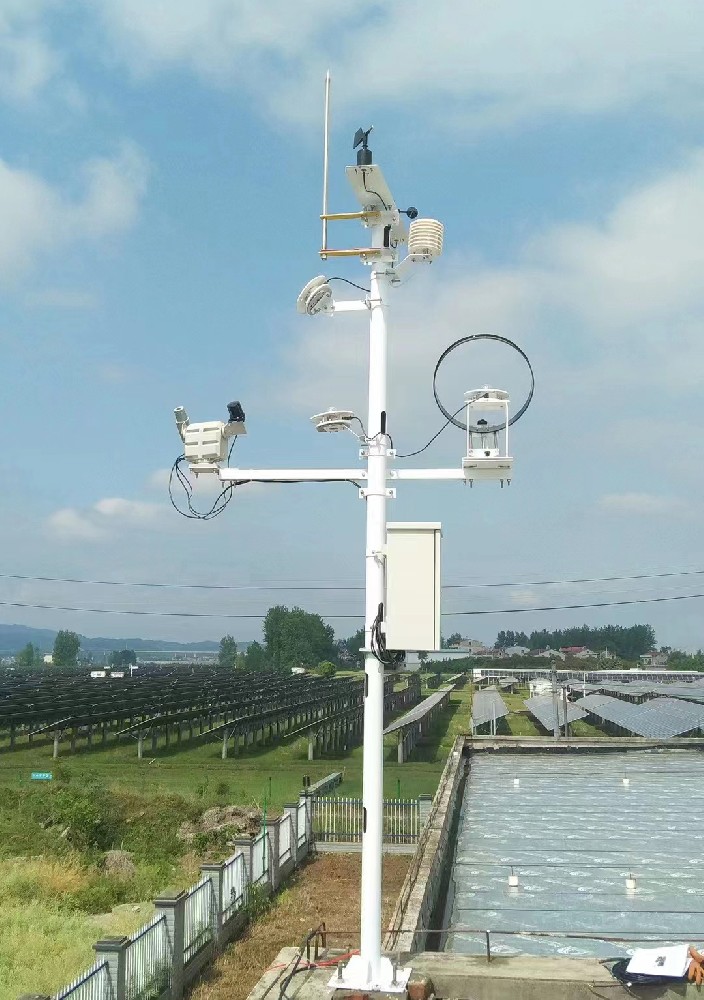
A: PV modules are tilted; POA irradiance reflects the actual energy received by the array and is the essential input for PR and generation calculations.
A: With a full charge, the wide-temperature maintenance-free gel battery supports 5–7+ days of operation without sunlight (depending on configuration and temperature).
A: It keeps the sensor perpendicular to the sun at all times, eliminating measurement errors caused by changing solar altitude and azimuth—far superior accuracy.
A: Shading severely compromises irradiance and wind data accuracy. The station must be immediately relocated to an unobstructed, representative open area.
A: Clean irradiance sensors at least quarterly, tighten connections, and check tracker operation.
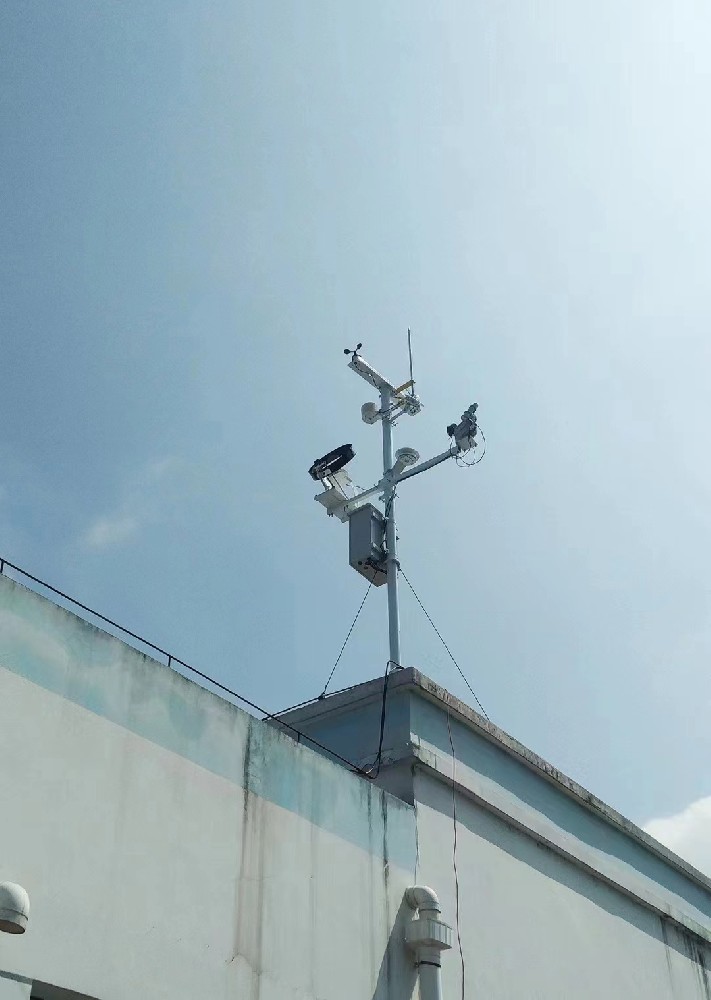
A: Log in to the NiuBoL environmental monitoring cloud platform or mobile APP—view real-time and historical data anytime, anywhere.
A: Yes. Our irradiance sensors comply with ISO 9060 and are configured to industry-required accuracy classes.
A: Yes. A dedicated PT100/1000 sensor is attached directly to the module back-sheet—critical for PR calculation.
A: No. The logger has local storage and automatically resumes transmission when connectivity returns—no data loss.
A: Yes. Multi-stage surge and lightning protection is built in, but proper grounding during installation is still required.
A: CE, ISO9001, RoHS, and calibration certificates.
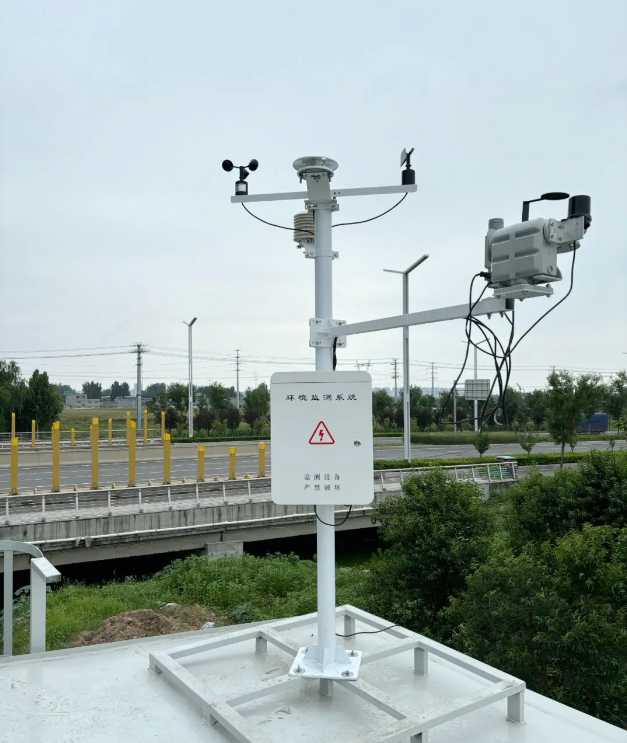
As the “intelligent eye” of photovoltaic power plants, the NiuBoL PV weather station—with its high precision, high automation, and exceptional stability, especially its innovative fully automatic sun-tracking system, reliable self-power supply, and 4G transmission—is fundamentally transforming PV plant O&M.
From accurate generation forecasting and scientific PR evaluation to efficient fault diagnosis, NiuBoL provides a rock-solid data foundation and technical assurance for sustainable development and maximum profitability of PV assets. Embrace the NiuBoL photovoltaic weather station—embrace the intelligent, refined future of solar plant management.
NBL-W-HPRS-Solar-Radiation-Sensor-Instruction-Manual-V3.0.pdf
NBL-W-SRS-Solar-radiation-sensor-instruction-manual-V4.0.pdf
Next:Farmland Microclimate Weather Station: The Core Infrastructure for Data-Driven Precision Agriculture
Related recommendations
Sensors & Weather Stations Catalog
Agriculture Sensors and Weather Stations Catalog-NiuBoL.pdf
Weather Stations Catalog-NiuBoL.pdf
Related products
 Combined air temperature and relative humidity sensor
Combined air temperature and relative humidity sensor Soil Moisture Temperature sensor for irrigation
Soil Moisture Temperature sensor for irrigation Soil pH sensor RS485 soil Testing instrument soil ph meter for agriculture
Soil pH sensor RS485 soil Testing instrument soil ph meter for agriculture Wind Speed sensor Output Modbus/RS485/Analog/0-5V/4-20mA
Wind Speed sensor Output Modbus/RS485/Analog/0-5V/4-20mA Tipping bucket rain gauge for weather monitoring auto rainfall sensor RS485/Outdoor/stainless steel
Tipping bucket rain gauge for weather monitoring auto rainfall sensor RS485/Outdoor/stainless steel Pyranometer Solar Radiation Sensor 4-20mA/RS485
Pyranometer Solar Radiation Sensor 4-20mA/RS485
Screenshot, WhatsApp to identify the QR code
WhatsApp number:+8615367865107
(Click on WhatsApp to copy and add friends)
